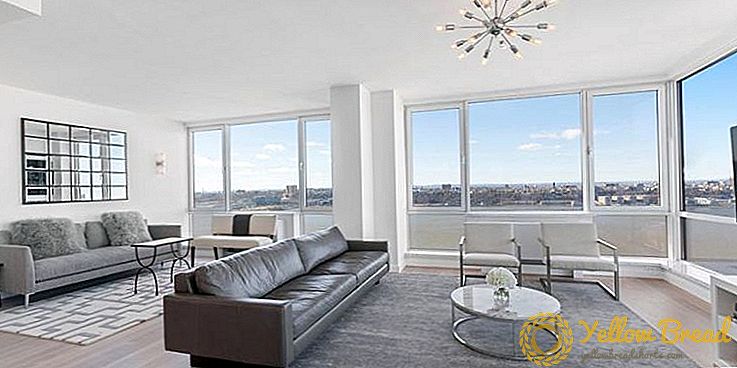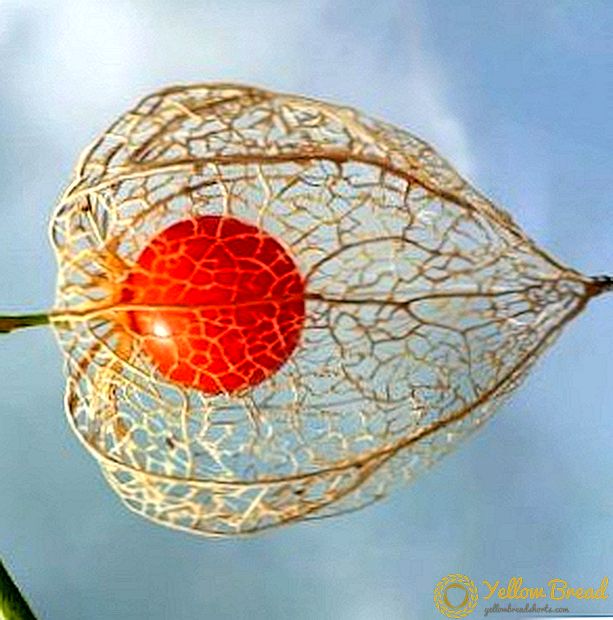When an American diplomat and his wife bought this grand home on Palm Beach's waterfront nearly 30 years ago, the craze for British country-house decoration was at its height. The massive Palladian edifice, which stands in contrast with the Mediterranean- and Regency-style structures that dominate the renowned stretch of real estate, was designed by prominent Palm Beach architect John Volk in the 1920s for an heir to the Kroger grocery fortune. Its most recent owners had done it up with dark English furniture, hunting prints, and fussy floral window treatments. The roof was red clay, and the gracious stairs to the pool were outfitted with an iron railing. "It felt terribly dated," the wife recalls.
With her background in design, her stints in Europe, and an apartment in New York that features modern masters on the walls and a seemingly effortless mix of classic furniture and exotic details, she knew just what she had to do. "I had to find a way," she says, "to get the 'old lady' out of the place."
To that end, she has turned the residence, with its loftily proportioned rooms and Fitzgerald-era provenance, into a pale-blue fantasia that reflects both the uniquely haute-American vibe of Palm Beach and the timeless classicism to which she is instinctively drawn. "You edit, you refine, you redefine," she says. "You never stop, which is what makes it feel alive."

For her, beige can be the refuge of those who are uncertain about their taste-something she has never been accused of. Instead, she has imbued the place with her favorite shade of blue, well-tuned to the sun and sea. With the help of master colorist Donald Kaufman, whose richly hued paints are known for their almost magical effects, the plaster walls seem luminous in the abundant light. "My daughter, who is in her 20s, jokes that if I do one more room in this color, she's never coming home again," she says. "But I love it."
It isn't easy to create a home of such scale and historic import that is also breezy, but along with architect Thomas Kirchhoff, the diplomat's wife has done just that. While no one would mistake the place for a casual retreat, it is free of the stuffiness that can sometimes accompany good taste. To begin with, the interiors are uncrowded. Large-scale rooms call for big pieces, but the wife knows that big furniture needs to breathe. So, for instance, in the dining room, an enormous mirrored breakfront with églomisé fleurs-de-lis stands out against the subtle fabric-covered walls embroidered with silver detailing.
"You edit, you refine, you redefine. You never stop, which is what makes it feel alive."
In the living room, the fireplace is flanked by a Picasso and a Matisse study, as well as William Kent side tables, but the focus is balanced by a dark-lacquered antique Chinese cabinet, lit from within, that holds Roman glass. At night, as they entertain, it gives off the most spectacular glow, she says. Above a sofa hangs a huge 17th-century Flemish painting, a phantasmagorical image of nymphs.
But what do the globe-trotting owners love most about the property? The fact that you can't tag it to any one locale. "It might be a beautiful house of the same period in Italy or the south of France," she says. "It has a sense of permanence without seeming mired in time."
This article first appeared in the January/February, 2016 issue of Veranda. See the full house tour here.






